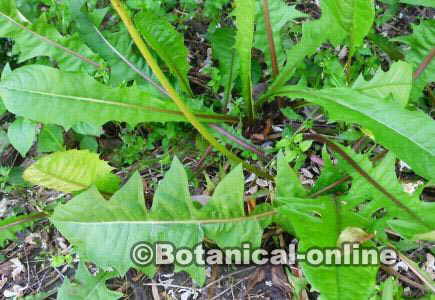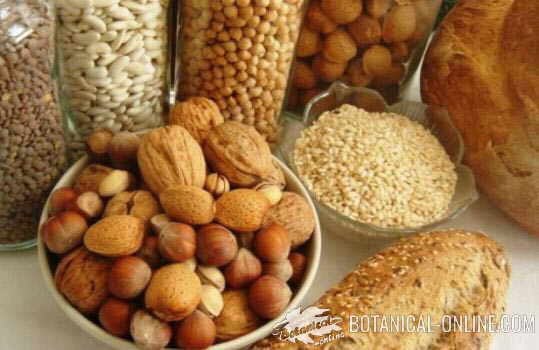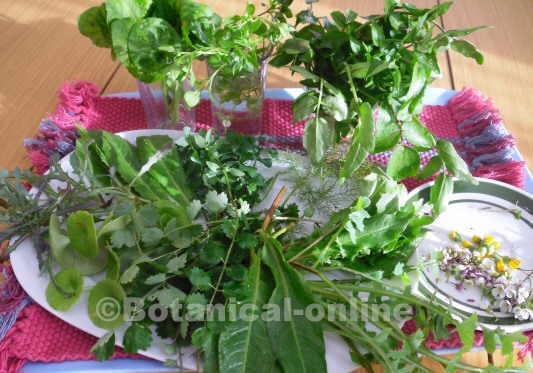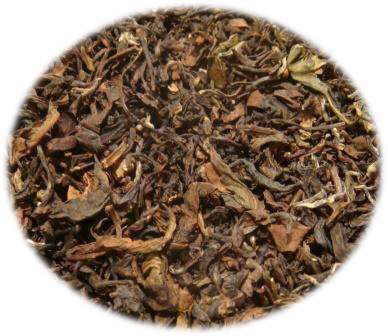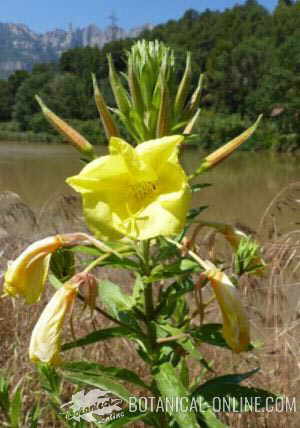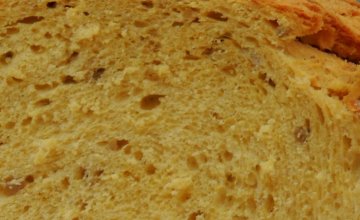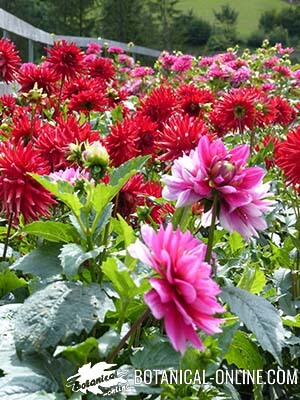Contents
(Digitalis obscura)
CHARACTERISTICS OF BLACK SNAPDRAGON
Scientific noun: Digitalis obscura L.
Common noun: Black snapdragon
Family: Figwort family – Scrophulariaceae
Habitat: Mediterranean Europe. It grows in dry, rocky places.
Components: Cardiotonic glycoside (digitoxigenine, digoxigenine and gitoxigenine)
Active parts: The whole plant.
What is black snapdragon like?
Digitalis obscura is a perennial shrub of the Figwort Family- Scrophulariaceae – up to 60cm.
It has glabrous stems, erect with little leaves below, more dense above.
Leaves are bright, lanceolate, acute and coriaceous.
Flowers appear gathered in racemes placed at the same side of the floral axis., dark orange, with spots inside and with hairy margin, from 2 to 3 cm long.
Its fruit is a capsule, longer than the calyx.
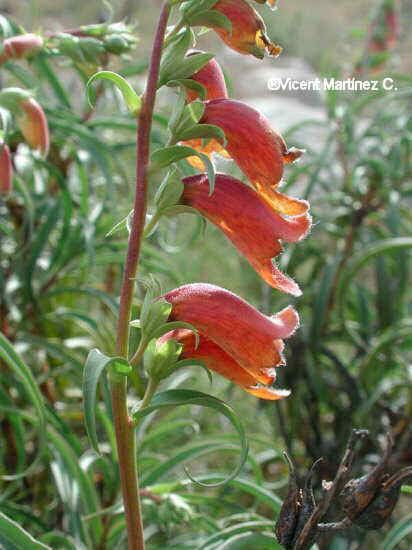
Photo of Digitalis obscura
PROPERTIES OF BLACK SNAPDRAGON
Medicinal uses of Digitalis obscura
It has been used as a cardiotonic.
In homemade remedies, although it is not longer in use, it has also been used as a diuretic, favouring the regulation of heart pulse, either in case of arrithmia or when heart beating too fast or too slow.
It must not be used in home preparations anymore because it is a dangerous plant with a little range of use.
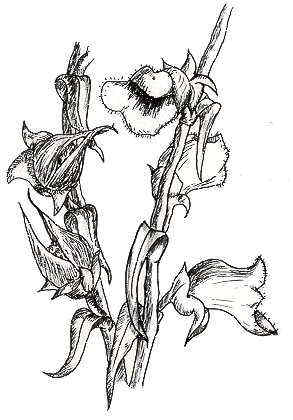
Drawings of different parts of the plant
By courtesy of © www.dibujosparapintar.com
Toxicity of black snapdragon
Toxicity of Digitalis obscura is high. Poisoning has been reported when chewing its leaves or eating its seeds.
Side effects of black snapdragon
Poisoning with this plant shows the following symptoms in minor ingestions:
– Digestive disorders
– Stomachache
– Vomiting
In greater doses:
– Painful breathing
– Fever
– General tiredness,
– Hypothermia
– Vertigo
– Reduction of pulse beat and heart failur
![]() More information about plants.
More information about plants.

